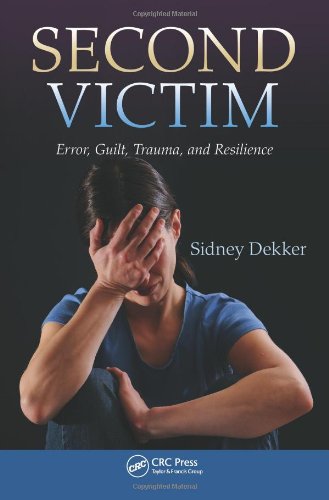

Most ebook files are in PDF format, so you can easily read them using various software such as Foxit Reader or directly on the Google Chrome browser.
Some ebook files are released by publishers in other formats such as .awz, .mobi, .epub, .fb2, etc. You may need to install specific software to read these formats on mobile/PC, such as Calibre.
Please read the tutorial at this link: https://ebookbell.com/faq
We offer FREE conversion to the popular formats you request; however, this may take some time. Therefore, right after payment, please email us, and we will try to provide the service as quickly as possible.
For some exceptional file formats or broken links (if any), please refrain from opening any disputes. Instead, email us first, and we will try to assist within a maximum of 6 hours.
EbookBell Team

4.8
24 reviewsHow do people cope with having "caused" a terrible accident? How do they cope when they survive and have to live with the consequences ever after? We tend to blame and forget professionals who cause incidents and accidents, but they are victims too. They are second victims whose experiences of an incident or adverse event can be as traumatic as that of the first victims’. Yet information on second victimhood and its relationship to safety, about what is known and what organizations might need to do, is difficult to find.
Thoroughly exploring an emerging topic with great relevance to safety culture, Second Victim: Error, Guilt, Trauma, and Resilience examines the lived experience of second victims. It goes through what we know about trauma, guilt, forgiveness, and injustice and how these might be felt by the second victim. The author discusses how to conduct investigations of incidents that do not alienate second victims or make them feel even worse. It explores the importance support and resilience and where the responsibilities for creating it may lie.
Drawing on his unique background as psychologist, airline pilot, and safety specialist, and his own experiences with helping second victims from a variety of backgrounds, Sidney Dekker has written a powerful, moving account of the experience of the second victim. It forms compelling reading for practitioners, risk managers, human resources managers, safety experts, mental health workers, regulators, the judiciary, and many other professionals. Dekker provides a strong theoretical background to promote understanding of the situation of the second victim and solid practical advice about how to deal with trauma that continues after an event leading to preventable harm or even avoidable death of a patient, consumer, or colleague.